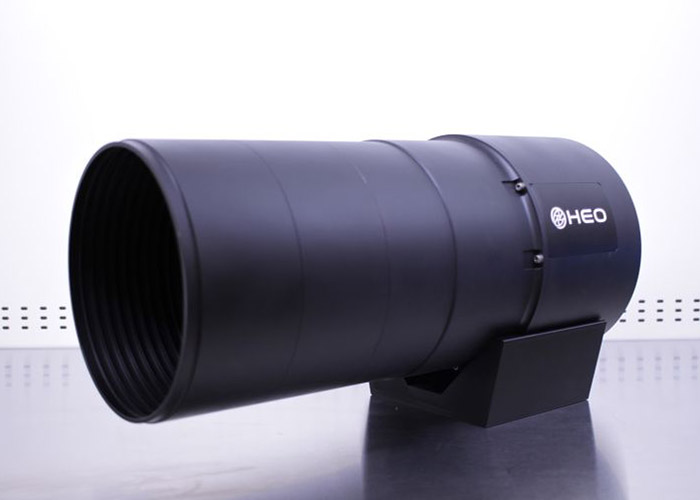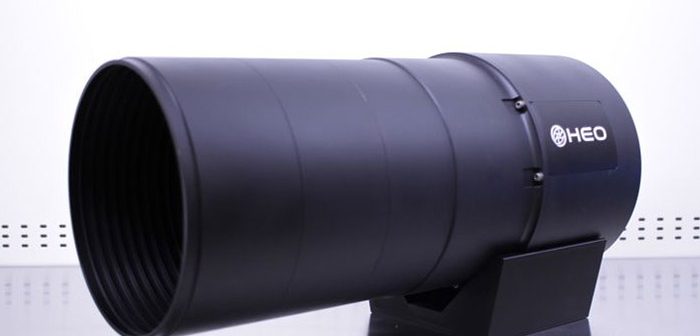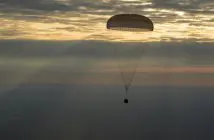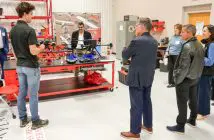
Space imaging firm HEO has revealed its second-generation non-Earth imaging (NEI) camera suite, Adler Mk2, engineered specifically for operations in geostationary orbit (GEO). The new system is built to endure the harsh radiation and thermal extremes of GEO and deliver high-resolution inspection capabilities over a design life of at least five years.
Following insights from seven first-generation missions, Adler Mk2 represents a ground-up redesign in optics, structure, power, and onboard processing. Its optical system features improved alignment tolerances, advanced coatings, and refined surfaces to enhance resolution and sharpness. It can support frame rates up to 100 frames per second, enabling both still imagery and short video sequences for dynamic assessment of spacecraft behaviour.
A notable upgrade is optional RGB (colour) imaging, which gives operators richer context for inspection, anomaly detection, and material characterisation. Another key feature is edge detection: the camera can autonomously detect target spacecraft within captured datasets and transmit only relevant frames, reducing data volume and enabling faster reaction even over constrained communications links.
The first GEO deployment of Adler Mk2 is slated for 2026. HEO suggests that the system’s expanded reach will help meet rising demand for persistent, high-fidelity imaging of spacecraft in distant orbits — a capability that has lagged behind for commercial operators.
By scaling its non-Earth imaging infrastructure, HEO aims to accelerate transparent, persistent awareness across orbital regimes and improve in-orbit services, surveillance, and space domain awareness.
Key specifications (Adler Mk2):
- Aperture: 194 mm
- Resolution: ~22 cm/pixel at 100 km range
- Frame rates: 12.5 / 25 / 50 / 100 fps
- Mass: 8.5 kg
- Dimensions (L × D): 580 × 230 mm





